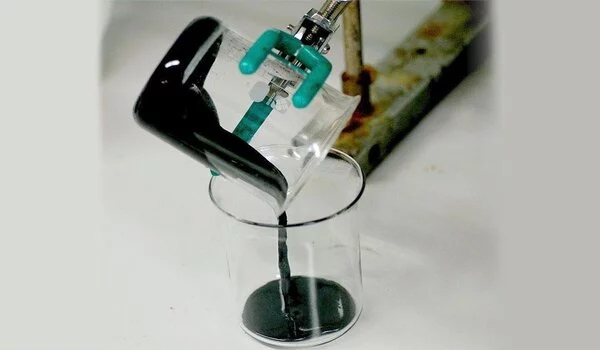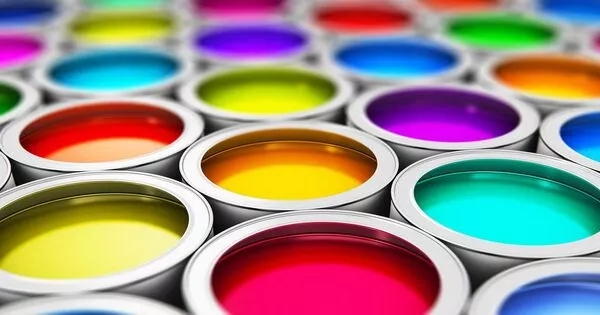In common organic solvents, researchers created an electrically conductive polyaniline polymer. A small amount of added iodine speeds up the radical chain reaction, which is essential for polymer synthesis. This protocol will allow for the inexpensive and versatile processing of polyaniline in printed circuit boards, electrically conductive paints, and other advanced technologies.
Many delicate components in medical devices, automobiles, and other advanced technologies are held together by electrically conductive polymers such as polyaniline. For decades, the synthesis of polyaniline for industrial electronics applications has been hampered by a major constraint: which solvent best facilitates synthesis? This abstract question is critical for reducing the cost and complexity of polyaniline production while also facilitating useful properties like shaping. The ability to use a variety of low-boiling-point solvents would greatly aid versatile polymer processing modes such as inkjet printing, but it had previously remained elusive.
A particularly exciting outcome is the ease with which industrially useful polymer alloys, such as blends with polystyrene or cellulose derivatives, can be prepared. Electrically conductive paint, advanced rubber blends, and other materials are now simple to prepare, which we anticipate will speed up product development in a variety of fields.
Professor Hiromasa Goto
Researchers from the University of Tsukuba and collaborators synthesized polyaniline in a variety of common solvents in a study published recently in Polymer-Plastics Technology and Materials. This enhanced ability to synthesize and process polyaniline will significantly simplify production and reduce manufacturing costs.
“Polyaniline is an extremely versatile polymer in routine and advanced technologies,” says senior author Professor Hiromasa Goto. “However, restrictions on which solvents can be used for synthesis have long hampered this versatility.” “Our discovery of how to facilitate polymerization in a variety of solvents will be beneficial in both basic research and industrial applications.”

The researchers produced polyaniline from aniline sulfate in a single step when they added a small quantity of iodine to the reaction mixture. Many solvents were compatible with this procedure, including nontoxic ethanol as well as dichloromethane. Extensive instrumental characterizations demonstrated that the polyaniline produced by this method exhibited the crystallinity and electrical properties as if it had been prepared by conventional methods.
“A particularly exciting outcome is the ease with which industrially useful polymer alloys, such as blends with polystyrene or cellulose derivatives, can be prepared,” Professor Goto says. “Electrically conductive paint, advanced rubber blends, and other materials are now simple to prepare, which we anticipate will speed up product development in a variety of fields.”
What is it about the added iodine that makes polyaniline production possible? According to the researchers, iodine is an electron-acceptor dopant that promotes the formation of localized polarons, which is essential for subsequent polymerization via radical chain reactions.
The findings of this study will contribute to making polyaniline more compatible with inkjet printing and other useful processing technologies, simplifying the production of printed circuit boards and other common components of modern electronics. By focusing on the rather abstract topic of solvent compatibility, many routine and advanced technologies will be easier to make at lower cost.














